Discovering the Wild
Manas National Park is a haven of wild biodiversity and natural beauty, hidden away in the centre of Assam, India. Recognised as an UNESCO World Heritage Site India, this actual gold mine of a wilderness enthrals tourists with its varied flora, wildlife, and flawless scenery.
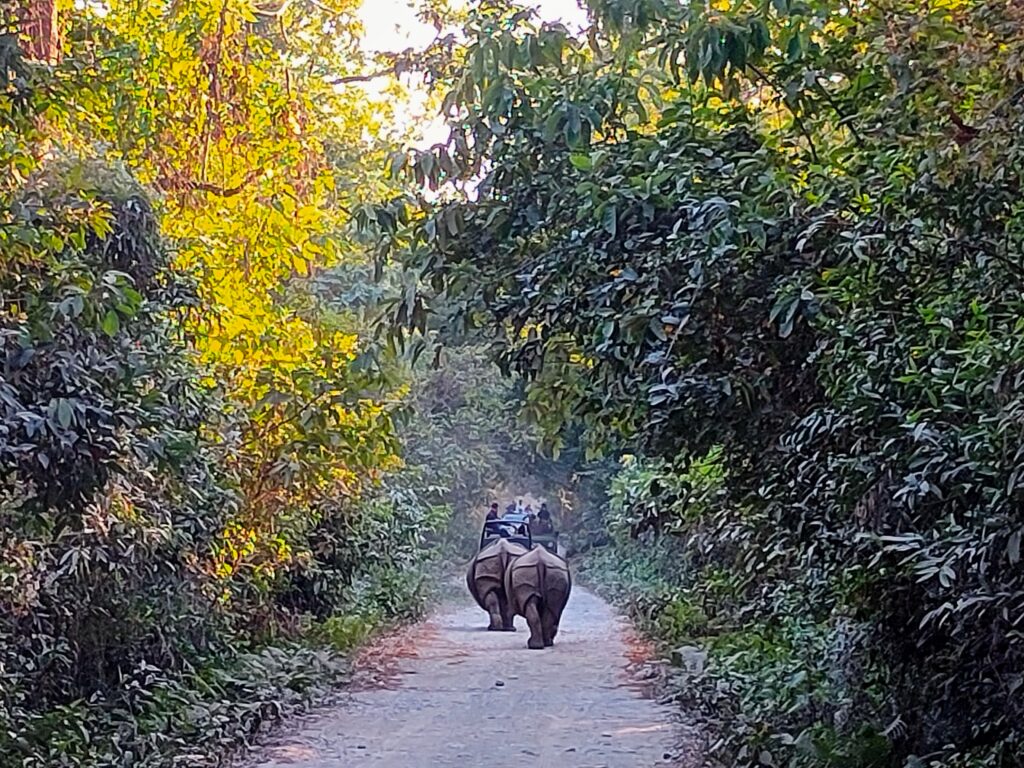
A gem hidden among the lush forests of Assam, India, Manas National Park is a homage to the wonders of nature and the triumphs of conservation. This vast sanctuary covers an area that embodies both wilderness and cultural heritage, and is adorned with dense forests, meandering rivers, and lush grasslands.
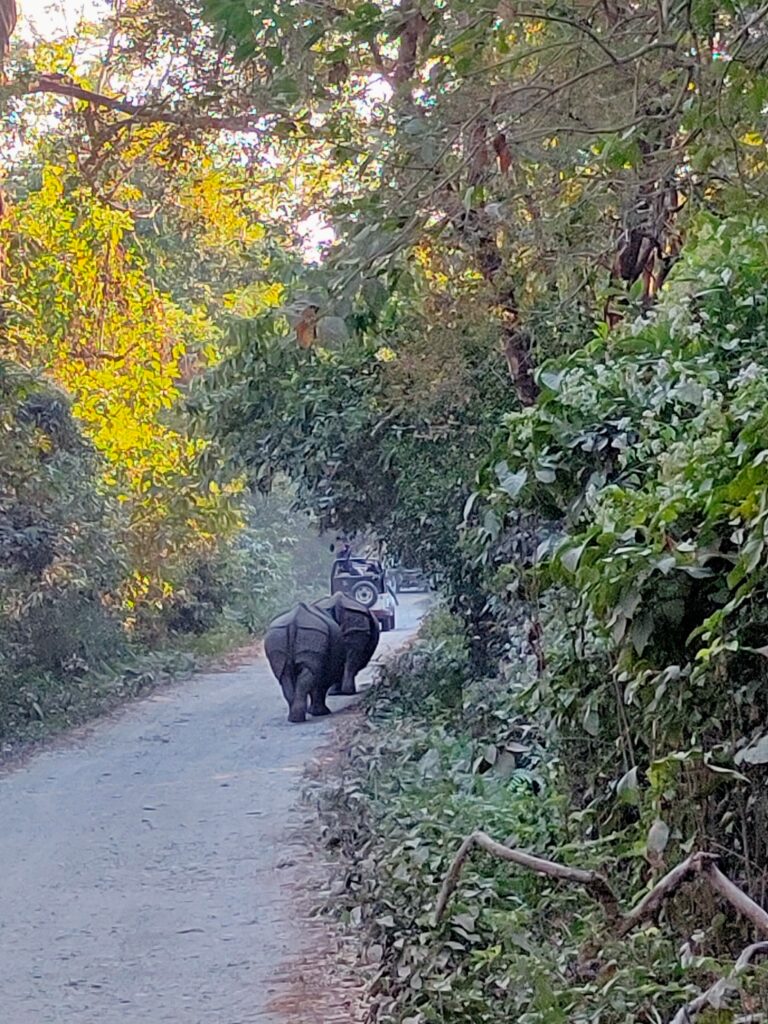
The park is a biodiversity hotspot with an amazing variety of flora and fauna, as evidenced by its designation as a UNESCO World Heritage Site india. The sounds of wildlife vibrate throughout the peaceful adhere to of the park’s surroundings. These sounds range from the majestic Bengal tigers slyly skulking through the heavy vegetation to the frolicsome antics of the elusive pygmy hogs and the elegant strides of one-horned rhinoceroses in their natural habitat.
A Peep Into a Stunning Wilderness
UNESCO World Heritage Site India:
The UNESCO World Heritage Site India designation, which is highly sought after, boosts Manas National Park to a global conservation priority. This recognition highlights its outstanding universal value and marks a success in the preservation of natural ecosystems and biodiversity.
Video courtesy by Puja Devi
Biodiversity Hotspot:
Manas National Park is home to a wide variety of animals, including one-horned rhinoceroses, pygmy hogs, and majestic Bengal tigers. A thriving population of wildlife is supported by the park’s diverse ecosystem, which includes habitats found in rivers, grasslands, and lush forests.
Video courtesy by Puja Devi
Conservation and Preservation in
UNESCO World Heritage Site India
Conservation Initiatives:
Manas National Park has undertaken extensive conservation efforts as a result of its UNESCO world heritage site India status. The park’s ecological balance has been maintained thanks to cooperative projects that prioritise habitat restoration, anti-poaching measures, and community involvement.
Video courtesy by Puja Devi
Rehabilitation Success:
The way to the recognition of Manas National Park being recognised by UNESCO wasn’t without difficulties. The remarkable feat of the park’s successful rehabilitation following the conflict is evidence of the drive and dedication of local communities and conservationists.
Video courtesy by Puja Devi
Ecological Significance and Cultural Heritage
Cultural Fusion:
The significance of the park passes beyond its variety of ecosystems. The area encompasses a distinct blend of cultural heritage, as local indigenous Bodo tribes live nearby. Their peaceful coexistence with the environment gives the story of Manas National Park a unique cultural dimension.
Video courtesy by Puja Devi
Habitat for Rare Species:
The recognition by UNESCO has contributed to efforts to protect the habitat of species that are in grave danger of extinction, such as the Assam Roofed Turtle and the Bengal Florican. The park is these species’ last remaining home, highlighting the need of conservation efforts.
Video courtesy by Upakul Das
Visitor Experience and Ecotourism
Immersive ecotourism in
UNESCO World Heritage Site India:
Participation ecotourism experiences welcome visitors to Manas National Park. Views into the park’s rich biodiversity are provided by safari drives, guided nature walks, and riverboat trips, which help visitors develop an appreciation for and awareness of the environment.
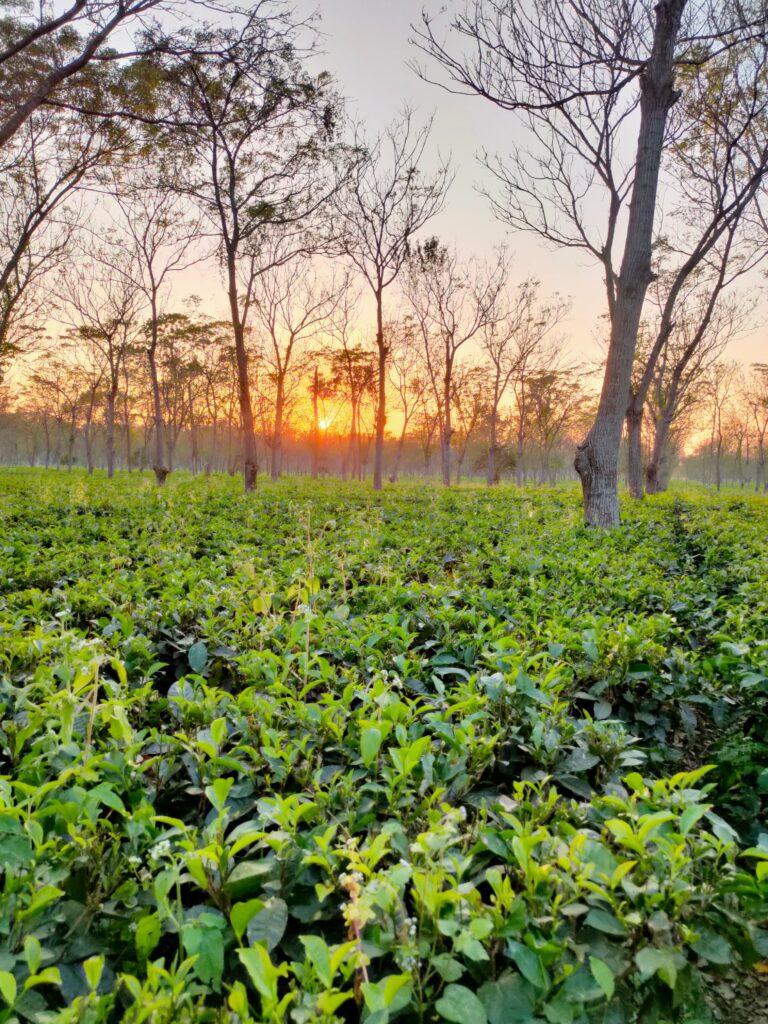
Community Engagement:
In spite of empowering the local community and cultivating sustainable livelihoods, the park’s UNESCO a title has sparked community-based tourism initiatives. Long-term park sustainability is ensured by this symbiotic relationship between conservation and local engagement.
Flora and Fauna of Manas National Park
Flora:
Manas National Park is home to an incredible variety of flora due to its diverse habitats, which include grasslands, riverine landscapes, and tropical forests. Towering trees that dominate the forests and form a lush canopy, such as sal, teak, and simal, are among the park’s rich vegetation. Layers of biodiversity are added by the flourishing undergrowth, which is teeming with climbers, ferns as well and shrubs.
The park’s ecological richness is enhanced by the presence of aromatic herbs and medicinal plants like brahmi and aconite. Colourful orchids, orchids, and wildflowers adorn the picturesque landscapes, making a vivid tapestry that covers the park.
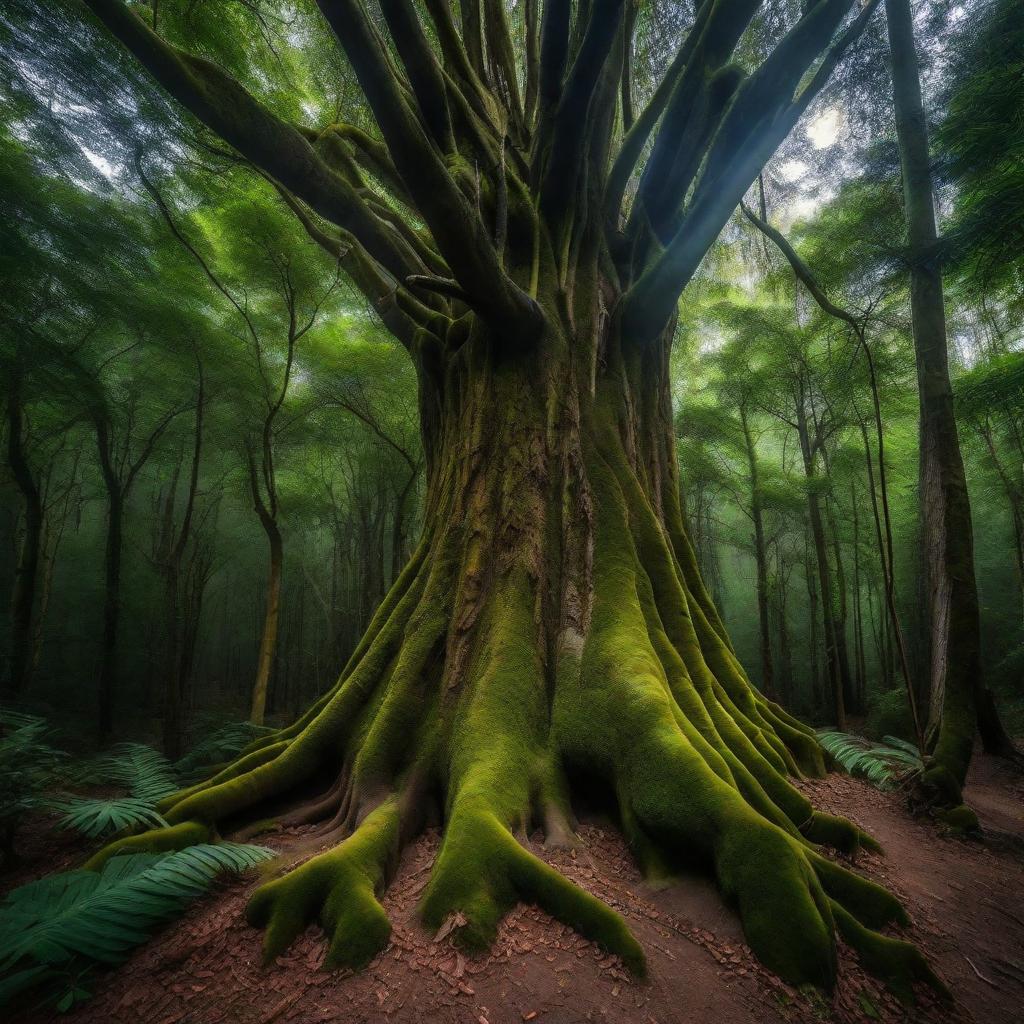
Fauna:
Manas National Park is home to an abundance of wildlife, including a wide variety of species that grow in the park’s diverse habitats. The one-horned rhinoceros, Indian elephant, and Bengal tiger populations in the park are well-known and serve as symbols of the park’s ecological significance. The park’s appeal as a sanctuary for endangered species is enhanced by the presence of the elusive clouded leopard and the uncommon golden langur.
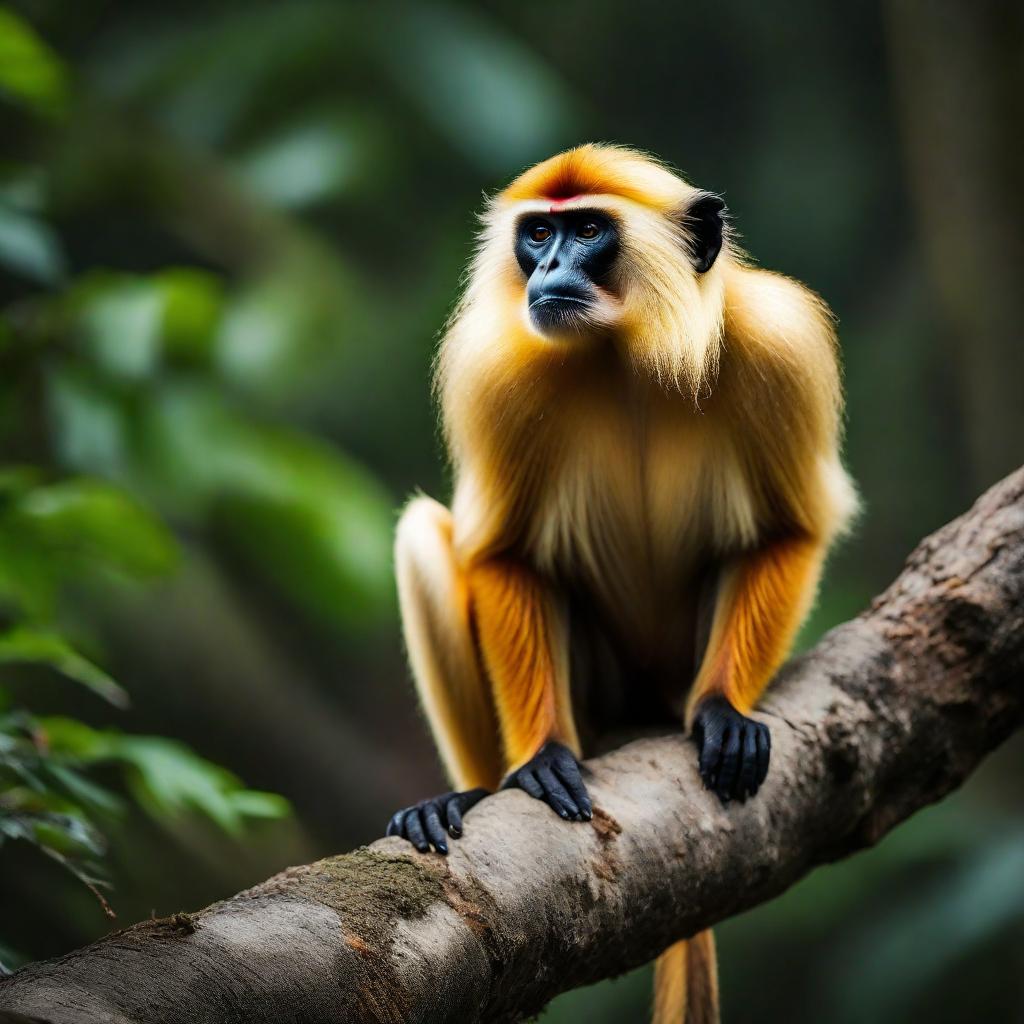
With over 450 different species of birds, including the critically endangered Bengal florican, great hornbill, and osprey, this Unesco World Heritage Site India is a birdwatcher’s paradise. The diverse aquatic life present in the park’s rivers and water bodies, such as the endangered Assam Roofed Turtle and the Ganges River Dolphin, highlights the importance of these ecosystems.
Conservation Efforts and Challenges
The rich biodiversity of Manas National Park has been kept in large part thanks to conservation efforts there. Successful projects aimed at community engagement, anti-poaching, and habitat restoration have been implemented in the park. However, issues like habitat fragmentation, poaching, and natural disasters persist in endangering the vital balance of this ecosystem. In order to decrease these difficulties and protect the park’s flora and fauna, conservationists, park officials, and nearby communities put forth endless effort.
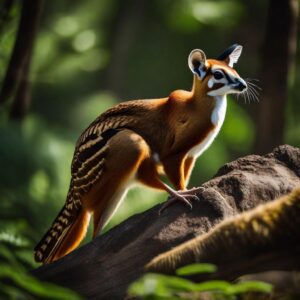
Manas National Park’s flora and fauna vividly depict biodiversity, where ecosystems coexist peacefully. The park is an important resource for scientists, naturalists, and anyone interested in nature because of its rich variety of plant life and wildlife. It is not only our duty to preserve this ecological wealth, but also our commitment to preserving the natural heritage of our planet for future generations.
Conclusion: A victory for conservation
In conclusion, the recognition of Manas National Park in India’s UNESCO World Heritage site India List represents a success in conservation efforts. Its gratitude highlights the common dedication to safeguarding our natural heritage and the inherent importance of preserving biodiversity on Earth.
Manas National Park is an ecological paradise where nature exists in its most pure state, not just a sanctuary. Many kinds of endangered species find a home among the sprawling grasslands, dense forests, and intertwining riverine ecosystems, which highlight the detailed balance of nature’s weaving. The park’s cultural mosaic is enhanced by the vibrant cultural dimension that the indigenous Bodo tribes bring to the story, which goes beyond its ecological richness.
Video courtesy by Puja Devi
Their deeply rooted traditional ways of life boost the cultural significance of the park by fostering a harmonious relationship of humans and the natural environment. The park’s attract exceeds geographic borders as it develops into a centre of conservation efforts, drawing tourists, environmentalists, and nature lovers to experience its pure wilderness and help preserve the natural world.
A UNESCO World Heritage Site India, https://whc.unesco.org/Manas National Park inspires future generations to value and preserve the natural wonders of our world as visitors, conservationists, and locals work together to preserve this ecological wonder.
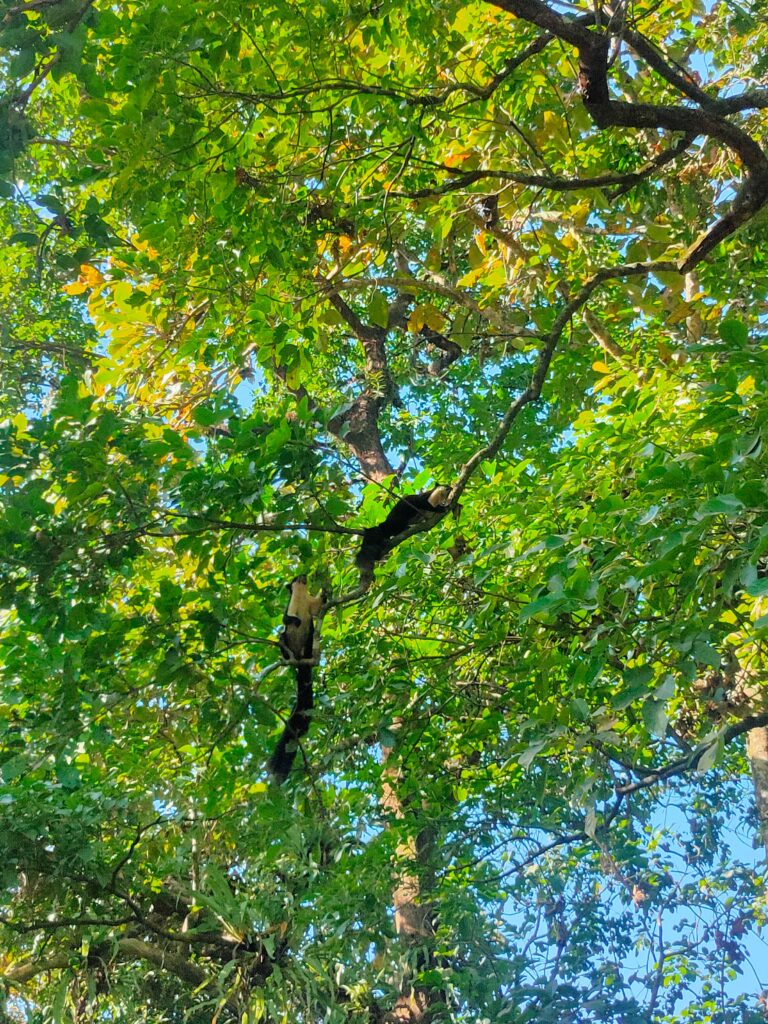

Very nice descriptive
Thank You R
Very nice descriptive
Thank You Ronak S